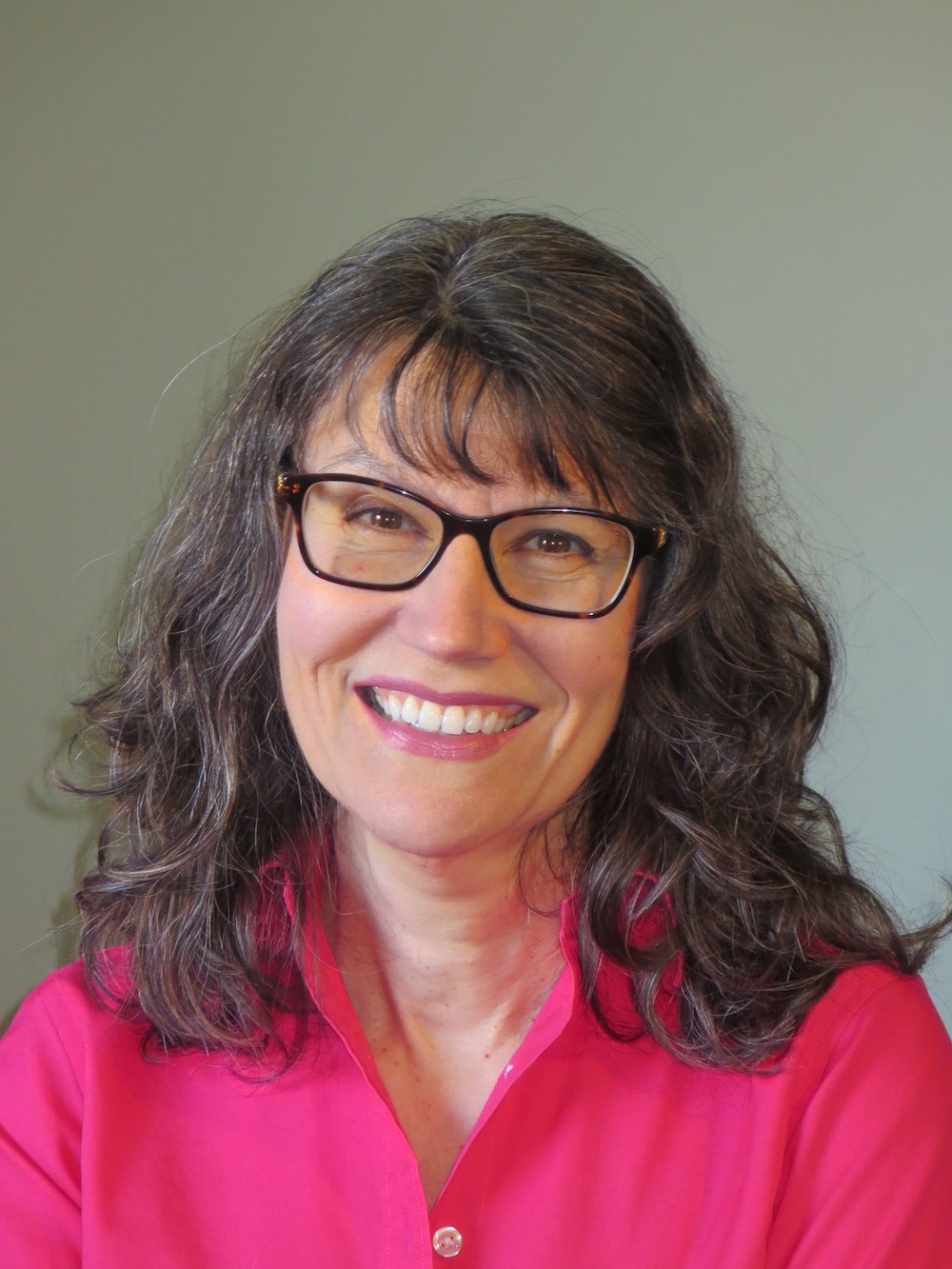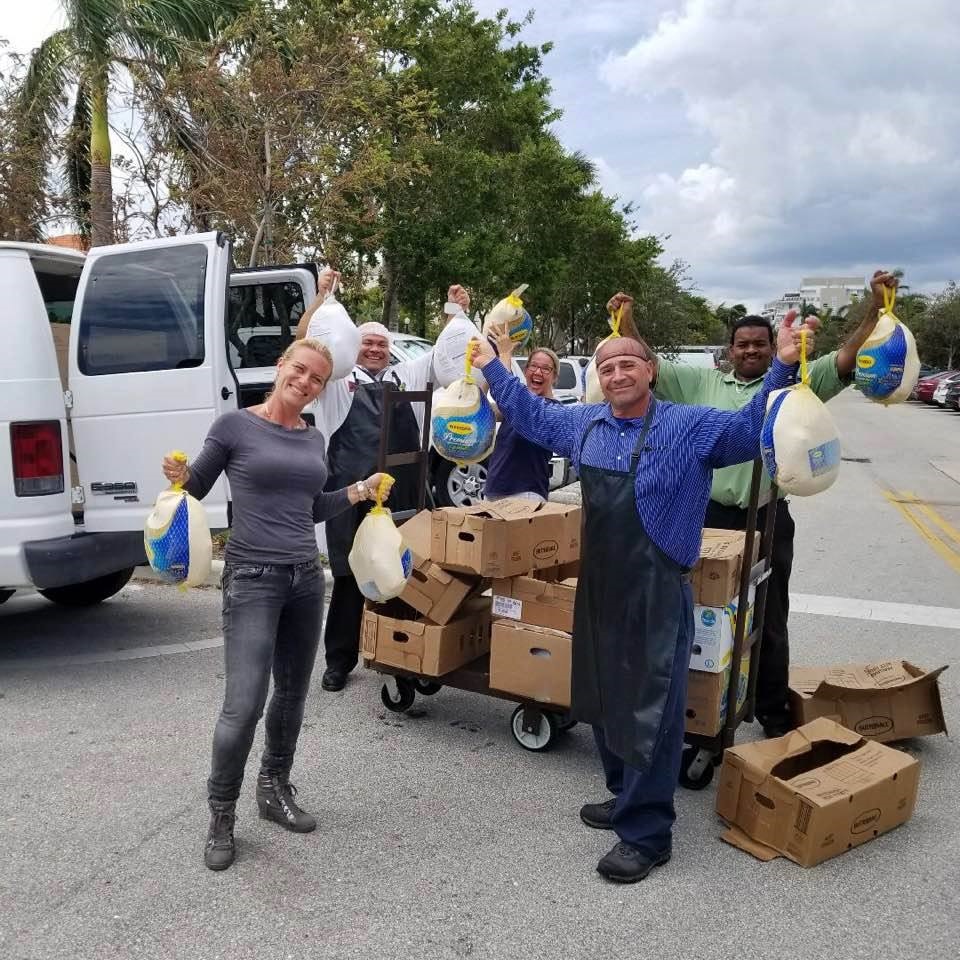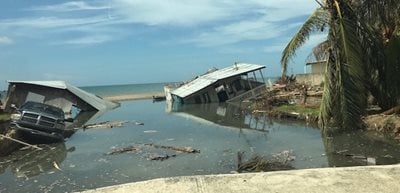Community development organizations need to be "disaster resistant," believes Jayne Windham, CEO and senior consultant of Livable Housing, Inc. "This is sometimes difficult because we're all so busy

Jayne Windham
fighting metaphorical fires, but it's crucial. As nonprofits, we must prepare like any other business, because if we cannot keep ourselves in business, we're not going to be here long enough to help anyone else. And people are relying on us." Windham, a former deputy director of two community housing development organizations, one of them a NeighborWorks affiliate, will teach two classes on disaster preparedness as part of the upcoming NeighborWorks Virtual Training Institute (VTI). Pam Brenner-Davis will offer an introduction to community organizing during a disaster.
The time to lay the groundwork for what to do in a disaster is before a disaster starts, Windham relates. That means having a plan and answering questions such as:
What role do you, as an organization, want to play post-disaster?
How do you find your post-disaster mission?
How do you identify the critical functions first?
Students will leave class with tools and templates for business continuity planning and with the realization that the time to make decisions is now. "It's what we call 'blue-sky planning,'" Windham says, adding that disasters come in all shapes and sizes. "Natural disasters are what everyone thinks of first, but we need to prepare for the environmental and man-made disasters. A good plan will carry us through all types."

NeighborWorks nonprofits work to help the community following a hurricane in Houston.
Disasters like hurricanes, floods, earthquakes and wildfires have occurred more frequently in recent years. Last year's hurricane season broke records, for instance, and NOAA's Climate Prediction Center is predicting an above-normal Atlantic Hurricane Season this year as well. And disasters can overlap, as they did when the COVID-19 pandemic complicated, well, everything.
"If we look at what happened during the lock-down, not everyone was affected equally," Windham says. "We were told to stay home and be safe, but for a variety of reasons, home is not a safe place for everyone. The social and environmental justice issues that we already work to combat were exacerbated during this pandemic."
Organizations that had plans in place – such as the capacity for employees to work remotely – were better able to handle the pandemic, and some did almost seamlessly. Her goal is to get more people to plan for possibilities. "When something happens, there's so much that needs to be done. People need food, homes, money, communication. When we think through as an organization: ‘What's our role in this recovery going to be?' it helps us focus. If the board and management don't think through these things ahead of time, it's easy to fall into the chaos everyone else is in."
better able to handle the pandemic, and some did almost seamlessly. Her goal is to get more people to plan for possibilities. "When something happens, there's so much that needs to be done. People need food, homes, money, communication. When we think through as an organization: ‘What's our role in this recovery going to be?' it helps us focus. If the board and management don't think through these things ahead of time, it's easy to fall into the chaos everyone else is in."
According to FEMA's recently released public-private partnership guide, collaborative planning and preparedness within communities helps enable, support and maintain resilience for the families. Planning can enable life-saving services and help stave off economic and individual loss. Collaborative planning and preparedness can also strengthen social networks and connections, "improving social cohesion and fostering and environment of diversity and inclusion," FEMA says.
Early planning means the problem-solving can begin that much earlier, according to leaders from California's Eden Housing, who took the two-day version of Windam's class during a NeighborWorks Training Institute. They knew how to handle emergencies and had seen a number of them over the past couple of years: wildfires, smoke, civil unrest, and now, the pandemic. But the business continuity piece was missing, especially in the 30 days after an event. They decided to continue the work, hiring Windham as a consultant.
Meg-Monique Roe, chief of strategy and capability for Eden Housing, points to one, tangible example of how the continuity plan can help. During a wildfire that blazed near three Eden properties, staff evacuated residents immediately. "Everything that needed to happen did." But hours after the evacuation, staff and leadership were getting constant requests for updates. "They were inundated," Roe says.
If a similar situation occurred now, the continuity plan calls for specific points of contact. Updates would be issued every hour and the status would be posted on the website. That way, "we cut down on 500 emails and phone calls and the staff can manage the emergency." They focused on being prepared. What if they couldn't access bank accounts? What if technology systems went down for an extended period?
Eden started working on their plan, which works hand-in-hand with already established emergency plans, before the pandemic. But the pandemic itself was a game changer. Roe recalls the "aha moment" they had when readdressing a plan to move to a centralized office to help navigate a disaster. "We've been working remotely for months," she says. So that part of the plan changed significantly.
"The business continuity piece lets you look at things more broadly than the day after the bad thing happens," Roe says. It's important to know what they'd do – and what they wouldn't do. "In an emergency, you're not running the whole business. You're figuring out the six or 10 things that have to be done for safety, for your organization's reputation, and to keep the ball rolling. The other stuff can wait."
The VTI will be held August 23-27. Training sessions range from the sessions on disaster training to courses on counseling, vulnerable populations and foreclosure basics. There will also be a symposium on "middle" neighborhoods – neighborhoods that are often on the verge of either growth or decline. Registration is live.

